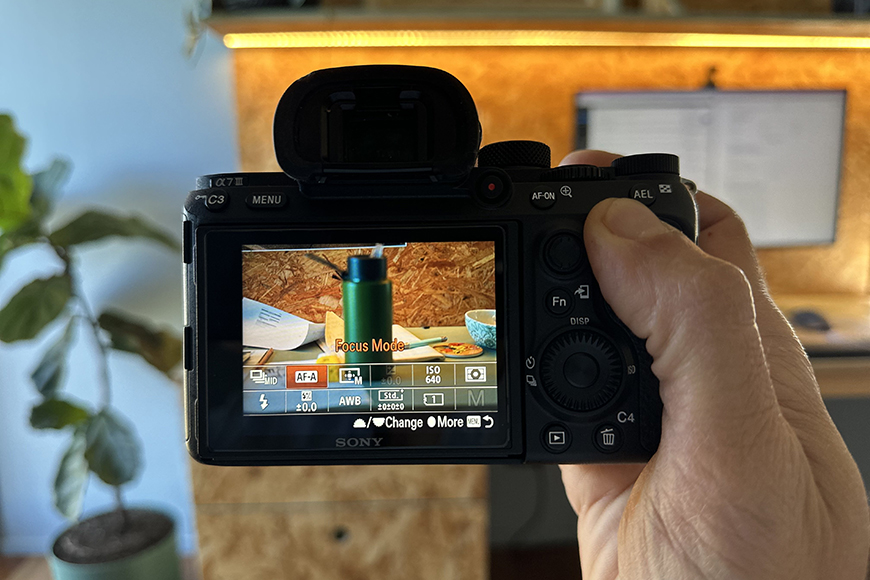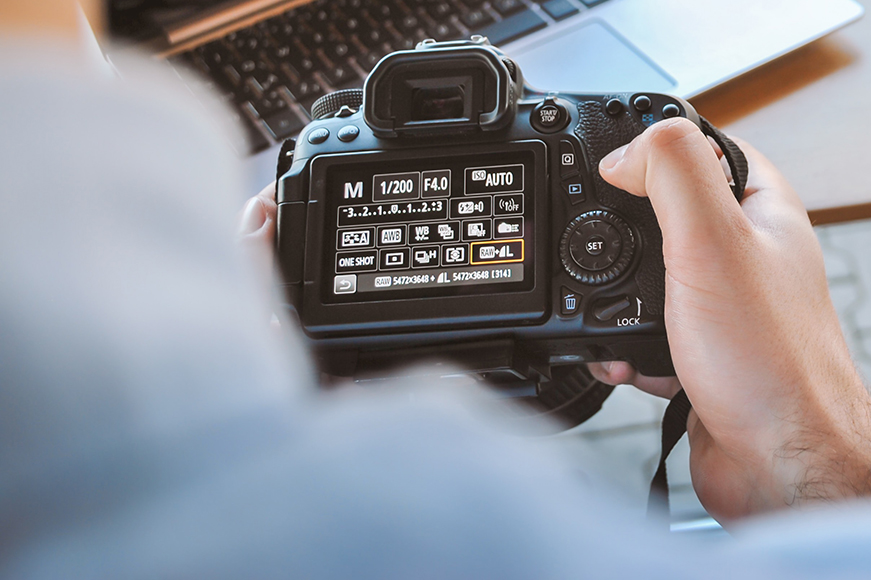Understanding Common Focus Problems
Cameras, from professional DSLRs to everyday smartphone devices, rely on sophisticated autofocus systems to capture sharp images. However, photographers often encounter situations where their cameras struggle to focus. Understanding the reasons behind common focus problems can help users troubleshoot effectively and capture clear, crisp photos.
The Complexities of Autofocus Systems
Recognizing Autofocus Limitations
Autofocus systems work by using sensors to detect contrast or phase differences within the frame. When a subject lacks contrast, such as a plain wall or foggy scene, the camera may struggle to find a focus point. Similarly, in low light conditions, autofocus systems may fail because there isn’t enough light for the sensors to detect differences in the scene effectively.
Calibration Concerns
Ensuring Lens and Camera Compatibility
For DSLR and mirrorless camera users, calibration issues between the lens and camera body can lead to focus problems. Some cameras offer autofocus microadjustments to fine-tune the focus system for individual lenses. If images are consistently out of focus, a calibration check might be necessary.
Environmental and Subject Challenges
Adapting to the Scene and Movement
Fast-moving subjects can challenge even the most advanced autofocus systems. In sports or wildlife photography, for instance, the subject’s rapid movement can outpace the camera’s focusing speed. In such cases, using predictive autofocus settings or pre-focusing on a spot where you anticipate the subject will be can result in a sharper image.
User Error and Misunderstandings
Learning the Intricacies of Focus Modes
Often, the issue isn’t with the camera, but with how it’s being used. Understanding the different focus modes available—like single-shot, continuous, or automatic—and when to use them is crucial. For static subjects, single-shot might be appropriate, while continuous focus is better for moving objects.
Hardware Malfunctions
Identifying When Repairs Are Needed
Sometimes, focus problems stem from a malfunctioning lens or camera. If the autofocus motor in the lens is damaged or the camera’s focusing sensor is defective, professional repair might be the only solution. Handling hardware issues promptly can prevent further damage and restore the camera’s functionality.
The Impact of Dirty or Damaged Lens Elements
Preserving Image Quality Amidst Lens Challenges
The clarity and sharpness of your photographs are largely dependent on the condition of your lens. Dirty or damaged lens elements can significantly affect the quality of your images, resulting in photos that are blurry, hazy, or otherwise compromised.
Consequences of Neglecting Lens Care
Visible Degradation in Image Quality
Dirt, dust, fingerprints, and smudges on the lens surface can scatter light, reducing contrast and sharpness in your images. In severe cases, these contaminants can even cause unwanted artifacts such as spots or streaks to appear in your photographs. Damage to the lens, such as scratches or mold, can lead to more persistent image quality issues that may not be as easily remedied as surface dirt.
Preventive Measures and Cleaning Techniques
Regular Maintenance for Optimal Performance
To ensure your lens remains in top condition, regular cleaning with a soft, lint-free microfiber cloth is recommended. For stubborn dirt or oils, a small amount of lens cleaning solution can be used. It’s important to avoid household cleaners or abrasive materials that could damage the lens coatings. For internal dust or more serious issues like scratches or fungus, professional cleaning or repair services are often necessary.
Recognizing When to Seek Professional Help for Your Camera
Assessing the Need for Expert Intervention
When troubleshooting camera issues, there comes a point where the do-it-yourself approach might not be sufficient. Knowing when to seek professional help can save you time and prevent further damage to your equipment. This article discusses the signs that indicate it’s time to consult a professional for camera and lens problems.
Persistent Autofocus Failures
Beyond Simple Adjustments
Autofocus issues can often be resolved with simple adjustments or cleaning. However, if after troubleshooting, your camera’s autofocus still fails to lock on or consistently produces blurry images, it may be indicative of a deeper mechanical or electronic problem that requires expert attention.
Sensor Anomalies and Malfunctions
Image Quality Compromised
Sensors are the heart of digital cameras, and issues with them can manifest as spots, lines, or noise in your images. While some sensor problems, like dust, can be addressed with a cleaning kit, others, such as dead pixels or overheating, might signify it’s time to seek professional repair services.
Accidental Damage and Liquid Exposure
Handling Mishaps with Care
Accidents happen, and cameras are not immune to drops, impacts, or spills. If your camera has been subjected to physical damage or liquid exposure, turning to a professional technician is crucial. They can assess the internal impact, clean sensitive components, and replace parts as needed.
Complex Error Messages
Deciphering the Camera’s SOS
When your camera displays error messages that persist or are not covered in the user manual, it can be a sign of complex system or hardware issues. Professionals have diagnostic tools and the expertise to interpret these errors and perform the necessary repairs.
Regular Maintenance and Check-Ups
Preventative Care for Longevity
Even in the absence of obvious issues, regular maintenance by a professional can extend the life of your camera and ensure it operates at peak performance. This is particularly important for professional photographers or those who rely heavily on their equipment.
Incorrect Camera Settings
Checking Your Focus Mode
Camera settings can greatly impact focus. Ensure your camera is set to the correct autofocus mode for the shooting situation. For instance, using continuous autofocus (AF-C or AI Servo) is best for moving subjects, while single autofocus (AF-S or One Shot) is ideal for stationary subjects. If your camera is set to manual focus (MF), it won’t focus automatically at all.
Calibration Issues
Aligning Lens and Camera
Sometimes, the camera and lens may not be properly calibrated, leading to consistent front or back focusing issues. Many DSLRs and mirrorless cameras offer autofocus microadjustment settings that allow you to correct this problem. Consult your camera’s manual for guidance on how to calibrate your lens.
Software Glitches
Firmware Updates and Resets
Occasionally, a camera may fail to focus due to a software glitch. Ensure that your camera’s firmware is up to date, as manufacturers often release updates that fix known issues. If problems persist, try resetting your camera to its factory settings, which can often resolve unexplained issues.
Faulty Equipment
Inspecting for Hardware Failures
If none of the above steps solve the focusing problem, there may be a hardware issue with the camera or lens. In such cases, it’s best to consult with a professional technician who can diagnose and repair any hardware faults.
Conclusion
When a camera won’t focus, the issue is often due to factors like lens cleanliness, camera settings, calibration needs, software glitches, or hardware failures. By methodically troubleshooting each potential cause, most focusing problems can be resolved, allowing photographers to continue capturing sharp and stunning images.





